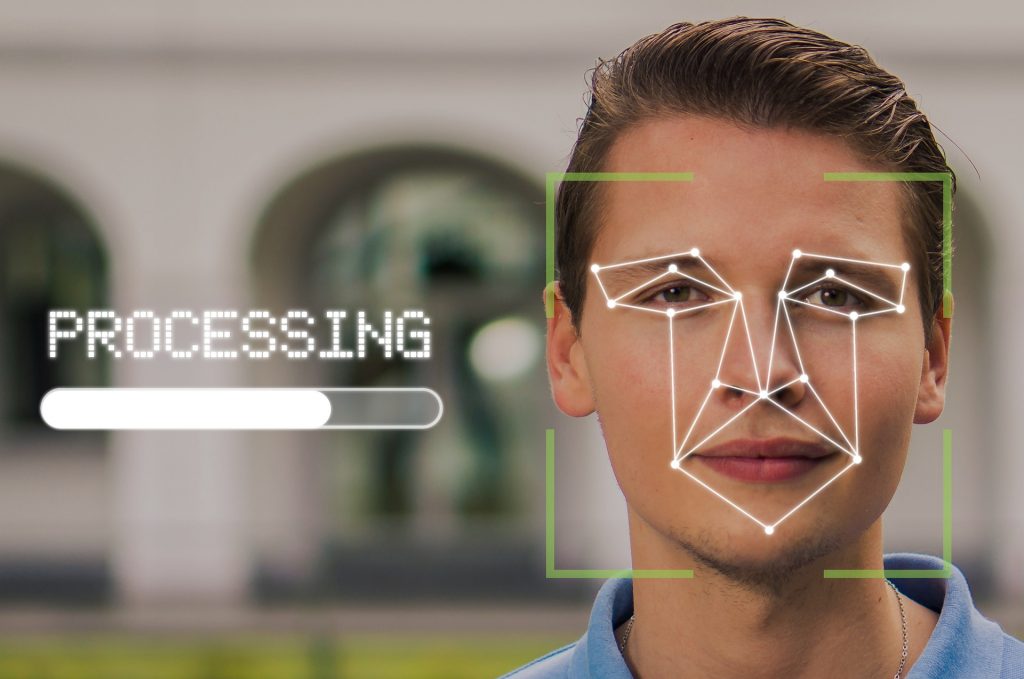For nearly 30 years, biometric technologies have been used at schools and higher education establishments. Two leading countries here are the U.S. and the UK, although there are no official figures as to how widely biometry is spread.
Despite some obvious advantages, there are many concerns about privacy and safety. It is also unclear how efficient biometry in the educational process really is, beyond the description of possibilities. So, the question remains: is biometrics effective or not for education?
Types of Biometry and Their Application
Biometric technologies are gaining popularity in the educational setting. The types of biometry presently in use include finger scanning and palm vein, iris, and face recognition. Biometric technologies in schools are most often used to borrow library books, which can be helpful in writing my papers – a question many students are concerned about.
Finger Scanning
This is the best-known and oldest type of biometry. So far, it has been the most widely applied method to survey the following:
Attendance
This is one of the most important aspects of schooling. Parents and schools hold responsibility for children, so the school must ensure that all pupils are in class. If a student misses classes, the teacher can easily identify what topics he or she is likely to fall behind. Front-end biometric technology has proved great for online education. Lastly, finger scanning saves tons of time at the daily roll call in class.

https://unsplash.com/photos/LCFPGd66CG0
Access
Canteens, libraries, laboratories, and campuses are at the students’ fingertips – literally! This is a practical solution, as it eliminates the sad situations when a student forgot a library card at home and cannot return books. Another typical situation could be the inability to type an essay or do an assignment because there was no library card. Finger scanning makes sure this does not happen.
Safety and Security
Whilst finger scanning cannot altogether eliminate tragic instances of school terror, it can significantly diminish these. The use of biometrics for school or university safety means that no one can enter the premises unless they are a student or a member of staff.
Face and Iris Recognition
These types of biometrics are good for non-consensual monitoring.
Behavior
The instances of students not performing in class because they are busy listening to music or drawing are in the past, provided CCTV cameras are in the classroom. During breaks or on campus, such technology helps to follow the students and identify the instances of misconduct.

https://unsplash.com/photos/N_aihp118p8
Assessment
As more and more tests and exams are taken online, the issues of integrity and cheating come to the fore. CCTV cameras in classrooms during exams could be distressing, but they used to be indispensable during offline exams. It was possible to follow the hand movement to ensure the student did not use online software to help with the written exam. Face recognition verifies that the person in the classroom is the one who must be taking the exam. Online examinations mean extra attention has to be paid to eye movement, and here iris recognition is indispensable.
Palm Vein Recognition
This kind of biometry is considered the most advanced because it generates a person’s unique ID based on the internal pattern of veins and blood flow. It is less prone to forgery, unlike other methods.
Access, Safety and Security
Palms open doors and cafes, campuses and laboratories. Given the pandemics, it is the most hygienic method of identification, as you do not have to touch the surface.
Does It Really Work?
Nobody doubts that biometrics saves time and ensures safety. ATMs recognize your face while fingers and palms open doors to many places. For a non-member, it is almost impossible to access any place where some kind of biometric verification is required. And it is great that our children and young people are safe in the custody of their schools and universities, right?
Not quite so. For some human rights activists, biometry is a serious breach of anyone’s privacy. This is partly due to the fact that finger scanning, for instance, was previously applicable in police investigations. Yet this is not just about personal reaction. Such data as fingerprints or face scans are sensitive, but they can be misused. There have been instances of fingerprints or face scans being stolen and used to forge documents, rob banks, and gain illegal access to places. This makes a lot of people wary of doing finger or face scans.
Furthermore, even though CCTV cameras help to identify strangers or antisocial behavior, they are also seen as an intrusion. Kids are kids; they may get distracted, so why keep them engaged in the studying process against their will?

https://unsplash.com/photos/oQD9uq4Rd4I
Another issue is practicality. As some opponents of biometrics at school claim, there was no proof of how these front-end technologies promoted healthy eating or improved reading. Meanwhile, the expected sales turnover of biometric technologies at the U.S. schools was predicted to reach a whopping $70 mln by 2019. It is hard not to wonder that the need to sell biometric software dominates its real benefits.
What Does the Future Hold?
With education migrating online, and the increased need to use contactless methods of access, biometric technologies are certain to rise in popularity. Those who support technological advances believe this software paves the way to more secure and safe environments. This is especially vital for educational establishments.
Skeptics and opponents argue that security cannot be the end of it all. People should be attentive and vigilant, and the police should do their own work. Although CCTVs are generally recognized, using palm vein verification or face-scanning still feels like a step too far. Unfortunately, biometrics does not tackle bullying or change the students’ eating habits. It fulfills its “Big Brother” role, but it does not seem to help students in their education. The only subject where biometric seems to be useful for the actual education process is Physical Education. In all other instances of using biometrics at schools, technology is applied to surveillance rather than help and assistance.
It is certain that biometric technologies really need to prove they can do more than just allow or deny access and survey the attendance. The findings of infrared scanning can improve the educational process by bridging the gap between a student’s behavior and his or her performance in class. For, as we all widely accepted, technology must serve people – not the other way around.
Caroline is doing her graduation in IT from the University of South California but keens to work as a freelance blogger. She loves to write on the latest information about IoT, technology, and business. She has innovative ideas and shares her experience with her readers.







